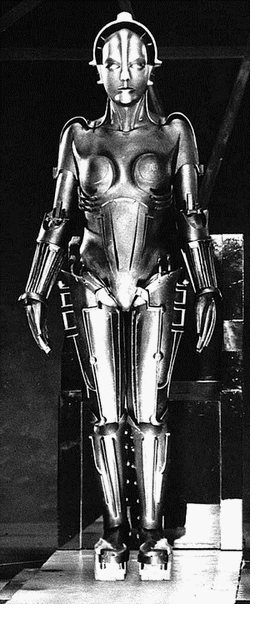The term “disruption” is everywhere in the popular press. You should “disrupt yourself” and new internet unicorns are going to “disrupt” all kinds of industries. Let’s think a bit about what really is disruptive and what isn’t. This post is going to start with the taxi industry. Later I will turn to other industries, where disruption was predicted but didn’t occur, and we can try to determine why.
I am very familiar with taxis, having traveled all around the country for business over decades and using taxis all the time in Chicago. Downtown Chicago is one of the few places where you could hail a street taxi at almost any hour of the day or night and assume that one could be found in a relatively short period of time (within 10-15 minutes at worst).
What were the elements of the traditional taxicab industry? They were as follows:
– Limited numbers of licenses were offered, and they were generally bought up and consolidated into a few taxicab companies
– The taxis operated mostly where they offered the highest returns; downtown, in wealthy areas, or near clubs and nightlife. While they theoretically served the entire city, in practical terms they ignored the poorer areas not only for the inherent danger but also due to the fact that it was hard to get a “return” trip once you dropped someone off, necessitating a drive back to a wealthier area and lost time with no earnings
– If you talked with a taxi driver, they typically worked very long hours and did not earn much money. Since driving a car an “entry level” skill, there were in practical terms an infinite number of possible drivers (a large supply) so the earnings of the drivers were as low as the market would bear (very low). The medallion owner then kept all the remaining profits
– The taxicab experience as a rider generally was lousy and perceived to be unsafe to single women. You didn’t have any information about the driver and they could be anyone; the low wages of being a taxicab driver also tended to attract drivers on the margins economically
– The taxicab used a consistent rate based on time or mileage plus a charge to start the meter and often specific additional charges such as tolls or airport fees. The costs could be high; for instance in Chicago if you left the city limits after the first city you were charged “meter and a half” – thus to travel out to a far suburb the fare could easily exceed $100. This was explained as the fact that the cab can’t get a local fare (they are licensed to pick up in Chicago, not the remote city such as Naperville) so they had to drive all the way back to the city to start working again. And on a big night like New Years’ Eve, it was a crapshoot to find a taxi since supplies were limited and not everyone was out driving
– The main role of the taxi associations was to limit new medallions (which increased competition) and manage the local regulators, who generally defined rates and other business conditions. After a while most cities had “regulatory capture” and didn’t issue new medallions and mainly kept the status quo
– If you were out of a major city, generally no one used cabs except maybe to go or be picked up at the airport. When I lived in Texas in the late 90’s I tried to get a cab and I was laughed at; cabs were terrible and no one took them. The alternative was drinking and driving or finding a designated driver
By now everyone knows what has happened to the taxicab industry. They have been disrupted practically out of existence by Uber (and to a lesser extent ride sharing apps like Lyft).
